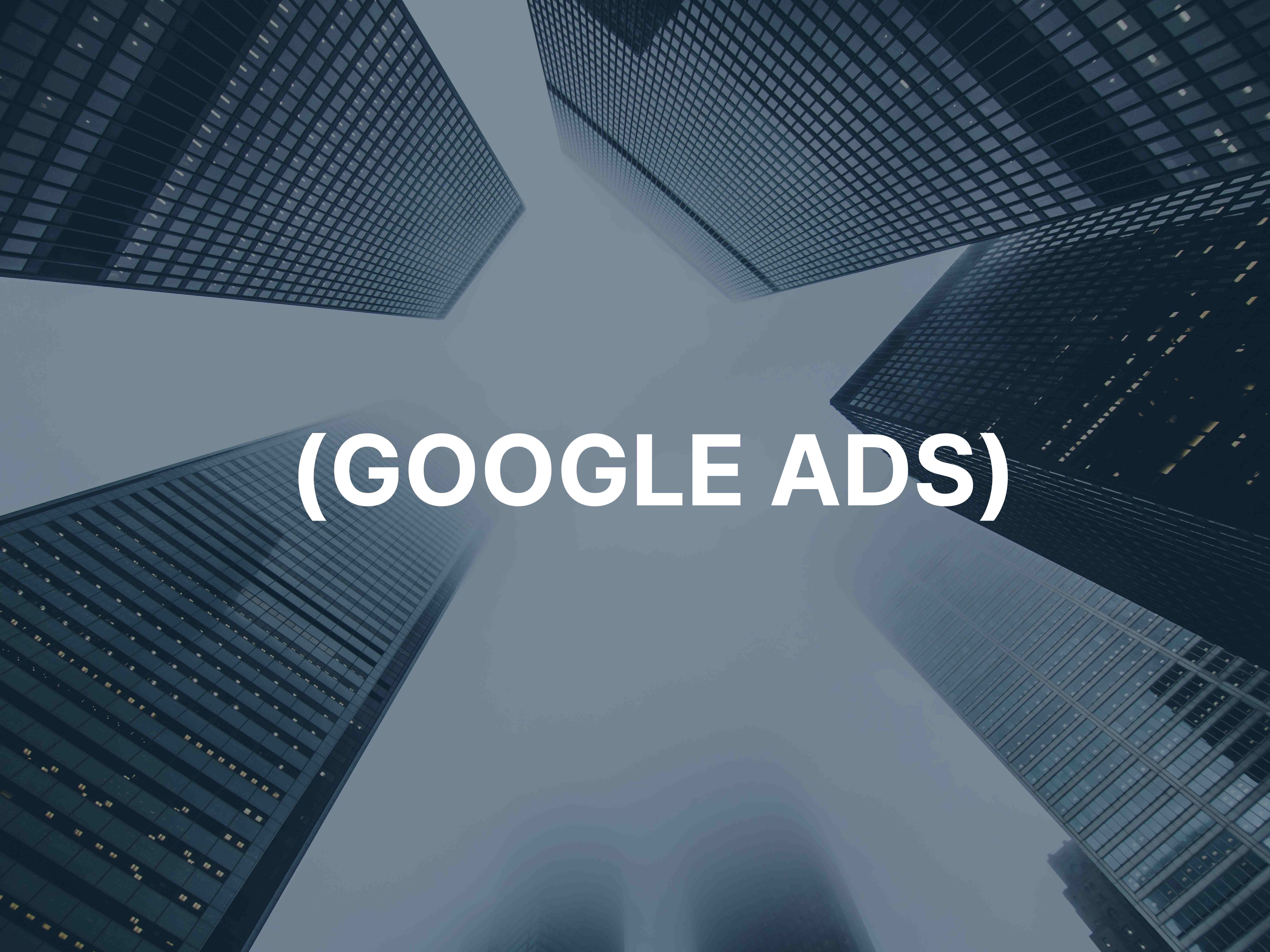Google Ads is a powerful online advertising platform that allows businesses of all sizes to display ads on Google's search results pages, partner websites, and other Google properties. For new websites that haven't yet established organic search visibility, Google Ads can be an effective way to drive immediate, targeted traffic. Here's what you need to know:
5 Key Points:
- Keyword Intent Focus: Focus on intent-based keywords that indicate a user is ready to make a purchase or take action, as these typically deliver the highest return on investment.
- Campaign Targeting: Start with a Search campaign targeting specific, high-intent keywords related to your products or services in your local service area to maximize relevance and minimize wasted spend.
- Landing Page Optimization: Create dedicated landing pages for each ad group that continue the conversation started in your ad, with clear calls-to-action and minimal distractions.
- Conversion Tracking: Set up conversion tracking to measure actions that matter to your business, such as form submissions, phone calls, or purchases, to understand the true ROI of your advertising.
- Continuous Improvement: Allocate at least 15-30 minutes weekly to review performance and make incremental improvements to your campaigns, focusing on eliminating wasted spend and scaling what works.
1. Understanding How Google Ads Works
Google Ads operates on a pay-per-click (PPC) model, where you bid on keywords relevant to your business. When users search for these keywords, your ads may appear in the search results, and you only pay when someone clicks on your ad.
The Google Ads auction system considers both your bid amount and your Quality Score (which factors in your ad relevance, expected click-through rate, and landing page experience) to determine ad placement and cost per click. This means that even with a smaller budget, you can outperform competitors by creating more relevant, high-quality ads.
2. Setting Up Your First Campaign
Creating an effective Google Ads campaign involves several steps:
- Setting clear campaign goals (leads, sales, brand awareness)
- Selecting the right campaign type (Search, Display, Shopping, etc.)
- Researching and selecting relevant keywords
- Creating compelling ad copy with strong calls-to-action
- Setting a realistic budget and bidding strategy
A local plumbing company in Dallas started with a daily budget of just $20 focused on emergency plumbing service keywords and saw a 300% return on ad spend within the first month.
3. Creating Landing Pages That Convert
The effectiveness of your Google Ads campaign depends not just on the ads themselves but also on the landing pages users reach after clicking. These pages should be highly relevant to the ad and designed to convert visitors into customers.
Effective landing pages include:
- Clear, benefit-focused headlines that match your ad copy
- Concise, scannable content that addresses user needs
- Strong, prominent calls-to-action
- Trust signals like testimonials, reviews, or certifications
- Fast loading times and mobile optimization
4. Tracking and Measuring Results
Google Ads provides robust analytics tools to track the performance of your campaigns. Key metrics to monitor include:
- Impressions: How many times your ads were shown
- Clicks: How many times users clicked on your ads
- Click-through rate (CTR): Percentage of impressions that resulted in clicks
- Conversion rate: Percentage of clicks that resulted in desired actions
- Cost per conversion: How much you're paying for each conversion
- Return on ad spend (ROAS): Revenue generated relative to ad spend
5. Optimizing Your Campaigns
Successful Google Ads management requires ongoing optimization based on performance data. This includes:
- Refining keyword lists by adding negative keywords to prevent irrelevant clicks
- Testing different ad variations to improve click-through rates
- Adjusting bids based on performance by time, device, or location
- Improving landing pages to increase conversion rates
- Scaling budget for high-performing campaigns and cutting underperforming ones
At New Age Adaptation, we help small service businesses in the DFW area create and manage Google Ads campaigns that drive qualified traffic and generate measurable results. Our data-driven approach ensures your advertising budget is invested efficiently to maximize returns.
Ready to drive targeted traffic to your new website? Schedule a free consultation with our team to discuss how Google Ads can help your business grow.

